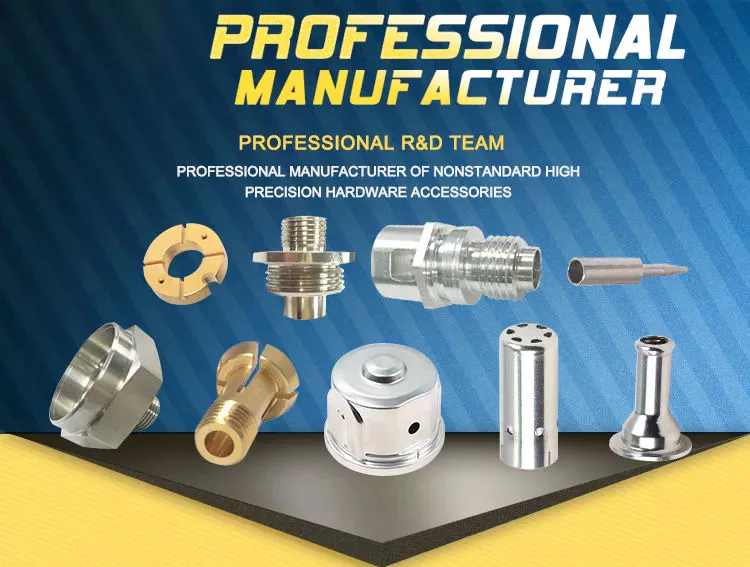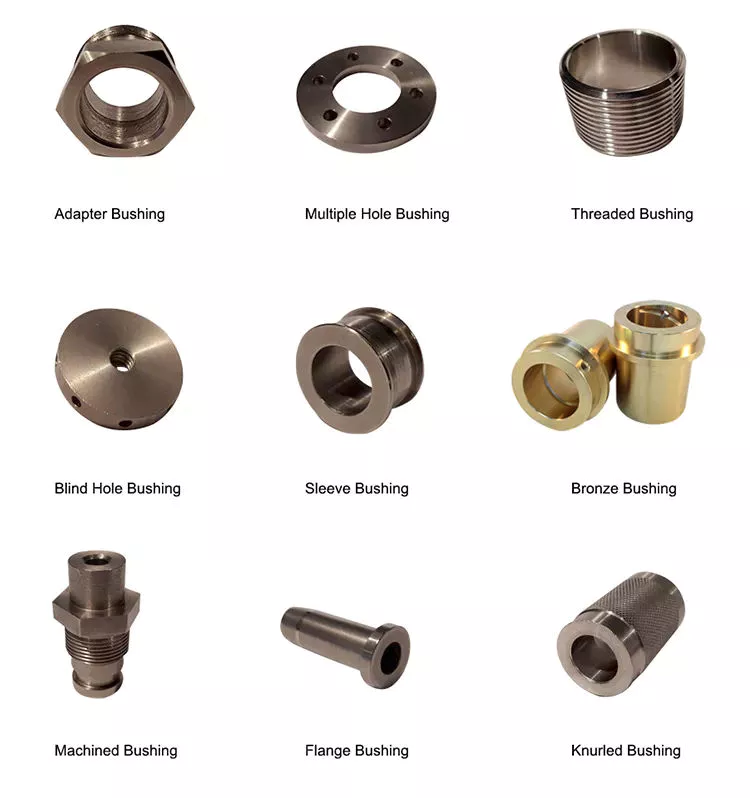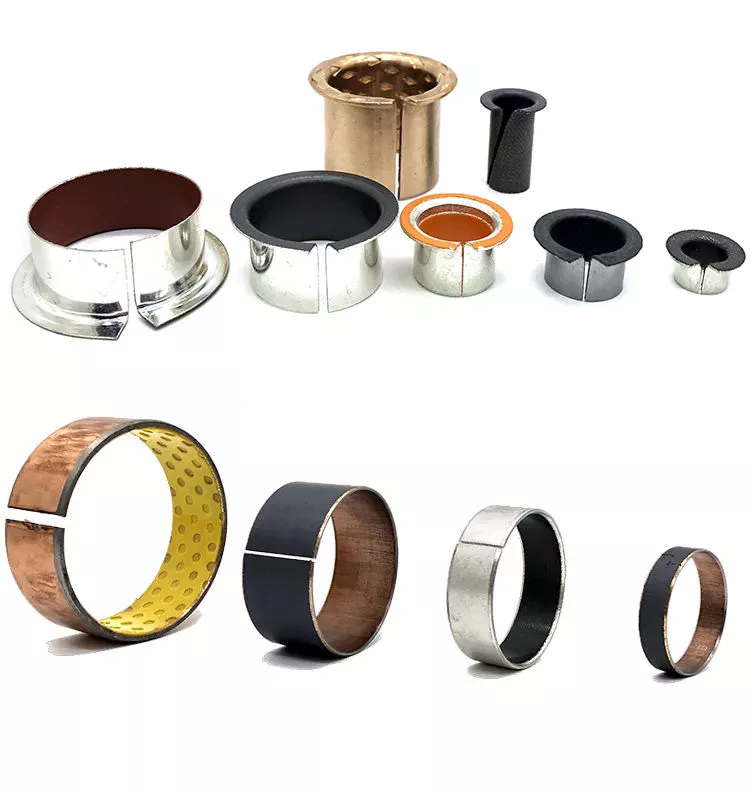Product Description
Product Profile
1, We offer custom fabrication service, pls note that the pictures of products are for display only!
2,Type: stamping parts for trucks,stamping parts for metal pole,stamping parts for automotive,stamping parts of electrical,etc.
3,All products will be newly produced according to clients’ order including samples.Every product will be carefully tested before packing and shipping.
4,Certification:ISO 9001:2008,ROHS,CE
5,And other details as followings:
| Delivery | 20-30 working days after receipt of 30% of the deposit |
| Packaging | Standard export package or according to client’s request |
| Shipping | 1.The sample will be shipped by express, like FEDEX, DHL, UPS and EMS. And the freight should be paid by clients. 2. FOB HangZhou or HongKong for mass production, The freight will deal with you for the concrete condition. |
| Payment | 1.T/T , L/C,D/P,D/A 2.High value sample will be charged,Low value sample is free, but the freight should be covered by you. |
Surface finish
| Aluminum Parts | Stainless Steel Parts | Steel |
| Natural/Hard anodize | Polishing | Blackened |
| Plating, Brushing, Polishing | Plating | Zinc /Nickel plating |
| Powder ,Sandblasting | Sandblasting | Carburized, Treatment |
| Laser engraving | Laser engraving | Chrome plating |
Our Services
| Process | extrusion, skiving fin, stamping, die casting, precision CNC machining, drilling, milling, bending, soldering, etc |
| Service | 1.Drawing: we can translate your original drawing, offer best suggestion on design 2.Quality: High quality and Competitive price 3.Inspection: all products must be checked 3 times before packing. |
| Values | 1.Continuously strive to improve 2.Enjoy our work 3.Treat others the way we wish to be treated with honesty and integrity 4.Disciplined people, Disciplined thinking, Disciplined action |
Company Information
we are professional manufacture to produce Sheet Metal Stamping Parts,Spring Clips,Precision Terminal Connectors More than 15 years .
Equipment & Tools
| Inspection Tools | CMM, Projection, Calipers, Micro caliper, Thread Micro caliper, Pin gauge, Caliper gauge, Pass meter, etc. |
| Machining Equipments | CNC machines, Automatic lathe machine, Stamping Lathes, Milling/ Grinding machine, Drilling/ Boring/ Honing machine,Ultrasonic cleaning machine,etc. |
| |
|
FAQ
Q1. Are you factory or trading company?
A: We are a customized factory.
Q2.Can you provide sample for us?
A: Yes, free sample is available
Q3. What raw material do you use?
A: It will recommended by our Project Manager or according to Client’s Request.
Q4. How do you ensure quality control?
A: We inspect every process based on client’s drawings or samples and also check the products before packing.
Q5. Is small quantity available?
A: Yes, Small quantity for trial order is available.
Q6. What are your main export countries?
A: America, Australia, Europe, and Southeast Asia, SouthAfrica.
| Note: | For the fast results, when requesting a quote: | |||||
| 1. Please email or fax us your inquiry with as much information as possible. | ||||||
| 2. Please include quantities ,material ,thickness, AUTOCAD designs or 3D drawings required. | ||||||
| 3. Quotation will be offered ASAP, via fax or email. | ||||||
Contact
Name:Daniel Jing
Why Checking the Drive Shaft is Important
If you hear clicking noises while driving, your driveshaft may need repair. An experienced mechanic can tell if the noise is coming from 1 side or both sides. This problem is usually related to the torque converter. Read on to learn why it’s so important to have your driveshaft inspected by an auto mechanic. Here are some symptoms to look for. Clicking noises can be caused by many different things. You should first check if the noise is coming from the front or the rear of the vehicle.
hollow drive shaft
Hollow driveshafts have many benefits. They are light and reduce the overall weight of the vehicle. The largest manufacturer of these components in the world is CZPT. They also offer lightweight solutions for various applications, such as high-performance axles. CZPT driveshafts are manufactured using state-of-the-art technology. They offer excellent quality at competitive prices.
The inner diameter of the hollow shaft reduces the magnitude of the internal forces, thereby reducing the amount of torque transmitted. Unlike solid shafts, hollow shafts are getting stronger. The material inside the hollow shaft is slightly lighter, which further reduces its weight and overall torque. However, this also increases its drag at high speeds. This means that in many applications hollow driveshafts are not as efficient as solid driveshafts.
A conventional hollow drive shaft consists of a first rod 14 and a second rod 14 on both sides. The first rod is connected with the second rod, and the second rod extends in the rotation direction. The 2 rods are then friction welded to the central area of the hollow shaft. The frictional heat generated during the relative rotation helps to connect the 2 parts. Hollow drive shafts can be used in internal combustion engines and environmentally-friendly vehicles.
The main advantage of a hollow driveshaft is weight reduction. The splines of the hollow drive shaft can be designed to be smaller than the outside diameter of the hollow shaft, which can significantly reduce weight. Hollow shafts are also less likely to jam compared to solid shafts. Hollow driveshafts are expected to eventually occupy the world market for automotive driveshafts. Its advantages include fuel efficiency and greater flexibility compared to solid prop shafts.
Cardan shaft
Cardan shafts are a popular choice in industrial machinery. They are used to transmit power from 1 machine to another and are available in a variety of sizes and shapes. They are available in a variety of materials, including steel, copper, and aluminum. If you plan to install 1 of these shafts, it is important to know the different types of Cardan shafts available. To find the best option, browse the catalog.
Telescopic or “Cardan” prop shafts, also known as U-joints, are ideal for efficient torque transfer between the drive and output system. They are efficient, lightweight, and energy-efficient. They employ advanced methods, including finite element modeling (FEM), to ensure maximum performance, weight, and efficiency. Additionally, the Cardan shaft has an adjustable length for easy repositioning.
Another popular choice for driveshafts is the Cardan shaft, also known as a driveshaft. The purpose of the driveshaft is to transfer torque from the engine to the wheels. They are typically used in high-performance car engines. Some types are made of brass, iron, or steel and have unique surface designs. Cardan shafts are available in inclined and parallel configurations.
Single Cardan shafts are a common replacement for standard Cardan shafts, but if you are looking for dual Cardan shafts for your vehicle, you will want to choose the 1310 series. This type is great for lifted jeeps and requires a CV-compatible transfer case. Some even require axle spacers. The dual Cardan shafts are also designed for lifts, which means it’s a good choice for raising and lowering jeeps.
universal joint
Cardan joints are a good choice for drive shafts when operating at a constant speed. Their design allows a constant angular velocity ratio between the input and output shafts. Depending on the application, the recommended speed limit may vary depending on the operating angle, transmission power, and application. These recommendations must be based on pressure. The maximum permissible speed of the drive shaft is determined by determining the angular acceleration.
Because gimbal joints don’t require grease, they can last a long time but eventually fail. If they are poorly lubricated or dry, they can cause metal-to-metal contact. The same is true for U-joints that do not have oil filling capability. While they have a long lifespan, it can be difficult to spot warning signs that could indicate impending joint failure. To avoid this, check the drive shaft regularly.
U-joints should not exceed 70 percent of their lateral critical velocity. However, if this speed is exceeded, the part will experience unacceptable vibration, reducing its useful life. To determine the best U-joint for your application, please contact your universal joint supplier. Typically, lower speeds do not require balancing. In these cases, you should consider using a larger pitch diameter to reduce axial force.
To minimize the angular velocity and torque of the output shaft, the 2 joints must be in phase. Therefore, the output shaft angular displacement does not completely follow the input shaft. Instead, it will lead or lag. Figure 3 illustrates the angular velocity variation and peak displacement lead of the gimbal. The ratios are shown below. The correct torque for this application is 1360 in-Ibs.
Refurbished drive shaft
Refurbished driveshafts are a good choice for a number of reasons. They are cheaper than brand new alternatives and generally just as reliable. Driveshafts are essential to the function of any car, truck, or bus. These parts are made of hollow metal tubes. While this helps reduce weight and expense, it is vulnerable to external influences. If this happens, it may crack or bend. If the shaft suffers this type of damage, it can cause serious damage to the transmission.
A car’s driveshaft is a critical component that transmits torque from the engine to the wheels. A1 Drive Shaft is a global supplier of automotive driveshafts and related components. Their factory has the capability to refurbish and repair almost any make or model of driveshafts. Refurbished driveshafts are available for every make and model of vehicle. They can be found on the market for a variety of vehicles, including passenger cars, trucks, vans, and SUVs.
Unusual noises indicate that your driveshaft needs to be replaced. Worn U-joints and bushings can cause excessive vibration. These components cause wear on other parts of the drivetrain. If you notice any of these symptoms, please take your vehicle to the AAMCO Bay Area Center for a thorough inspection. If you suspect damage to the driveshaft, don’t wait another minute – it can be very dangerous.
The cost of replacing the drive shaft
The cost of replacing a driveshaft varies, but on average, this repair costs between $200 and $1,500. While this price may vary by vehicle, the cost of parts and labor is generally equal. If you do the repair yourself, you should know how much the parts and labor will cost before you start work. Some parts can be more expensive than others, so it’s a good idea to compare the cost of several locations before deciding where to go.
If you notice any of these symptoms, you should seek a repair shop immediately. If you are still not sure if the driveshaft is damaged, do not drive the car any distance until it is repaired. Symptoms to look for include lack of power, difficulty moving the car, squeaking, clanking, or vibrating when the vehicle is moving.
Parts used in drive shafts include center support bearings, slip joints, and U-joints. The price of the driveshaft varies by vehicle and may vary by model of the same year. Also, different types of driveshafts require different repair methods and are much more expensive. Overall, though, a driveshaft replacement costs between $300 and $1,300. The process may take about an hour, depending on the vehicle model.
Several factors can lead to the need to replace the drive shaft, including bearing corrosion, damaged seals, or other components. In some cases, the U-joint indicates that the drive shaft needs to be replaced. Even if the bearings and u-joints are in good condition, they will eventually break and require the replacement of the drive shaft. However, these parts are not cheap, and if a damaged driveshaft is a symptom of a bigger problem, you should take the time to replace the shaft.



















